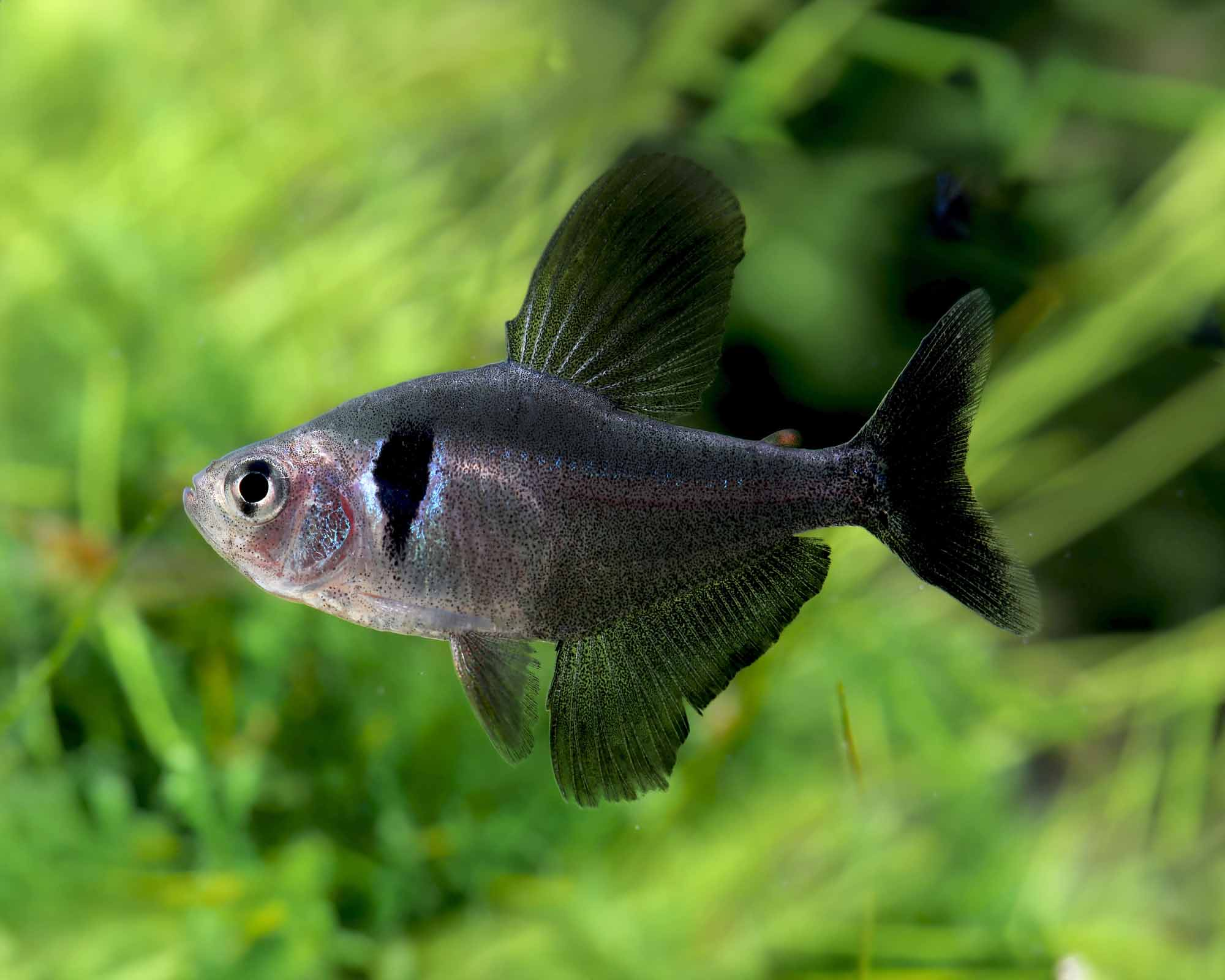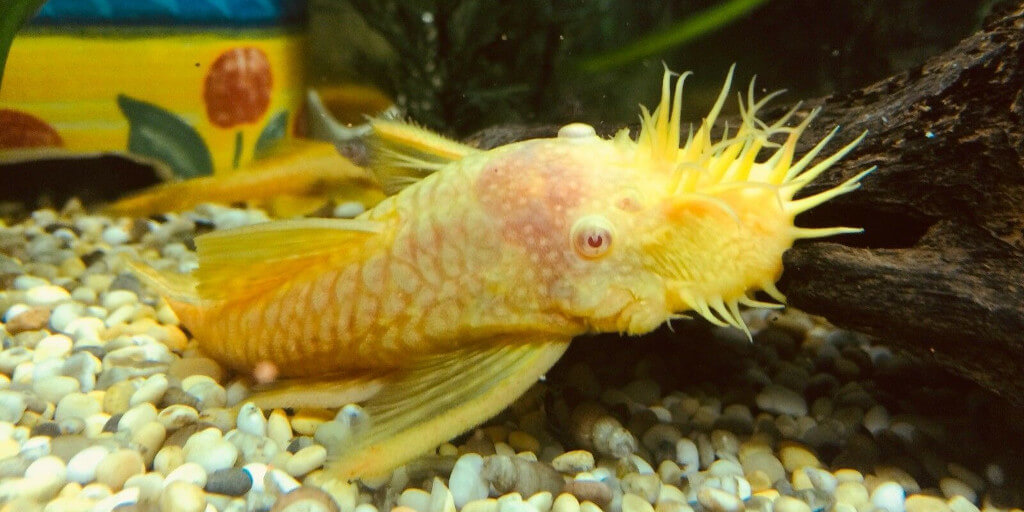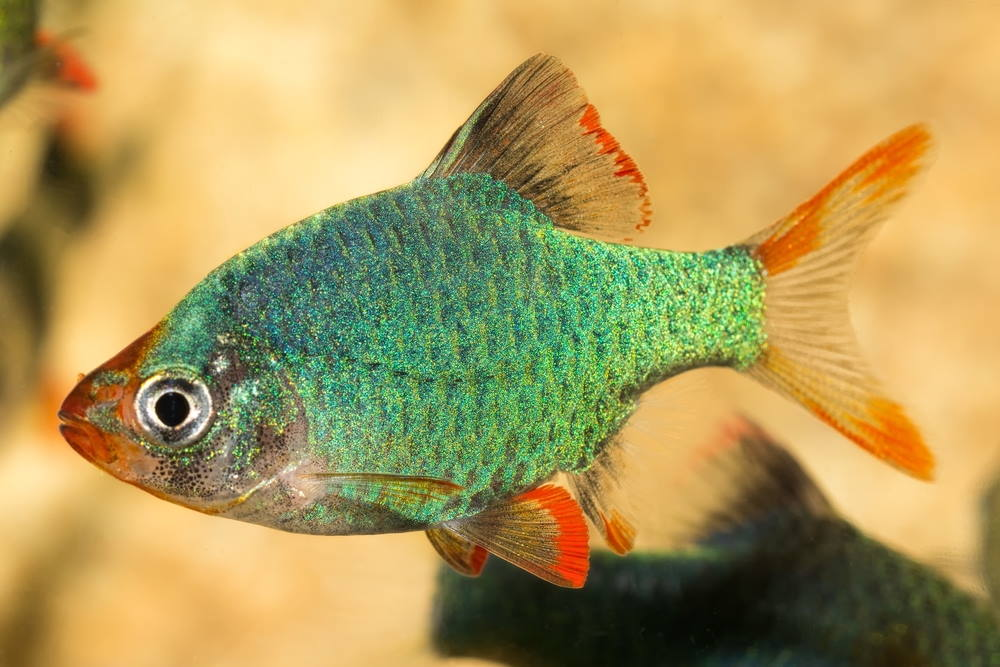The walking catfish, scientifically known as Clarias batrachus, is native to South and Southeast Asia, including countries such as India, Nepal, Bangladesh, Sri Lanka, Pakistan, Thailand, Vietnam, Laos, Cambodia, Myanmar, Singapore, Malaysia, and Indonesia, and has also been introduced in countries like the USA.
Habitat: This fish thrives in river systems, swamps, pools, rice paddies, and ditches, often migrating to flooded areas during the wet season. It is commonly found in stagnant waters left behind by flooding.
Size: While it can grow to a maximum of 40 inches (100 cm), it typically reaches 18-24 inches (45-60 cm) in captivity.
Aquarium Size: A fully grown walking catfish requires a large aquarium, ideally 84″ x 48″ x 36″ (210 cm x 120 cm x 90 cm) with 2300 liters of water. Juveniles can be kept in smaller tanks.
Maintenance: The fish needs a soft substrate with hiding places like driftwood, smooth rocks, or plastic pipes. Plants are not essential. A tight-fitting cover is crucial as the walking catfish is an excellent escape artist.
Water Conditions:
- Temperature: 68-78°F (20-26°C)
- pH: 5.5-8.0
- Hardness: 2-25°H
Diet: It is an omnivorous species and will eat a variety of foods including dried pellets, meaty frozen foods, and vegetables. Adult fish do not need daily feeding but can overeat if not carefully monitored.
Behavior and Compatibility: Known for its predatory nature, the walking catfish can eat any fish it can fit in its mouth. It should only be kept with similarly-sized, robust fish like large barbs, Loricariids, and cichlids. It is not suitable for general community tanks.
Sexual Dimorphism: Males have a pointed genital papilla and spotted dorsal fins, while females are more rounded in the belly and have a shorter, blunter genital papilla.
Reproduction: In aquariums, reproduction is rare but possible. The fish spawn in pits they dig in the substrate, laying several thousand eggs, which hatch in 24-36 hours. The male guards the eggs, and the female assists after the hatch. The young become free-swimming after around 72 hours and can be raised on brine shrimp.
Notes: The walking catfish is highly hardy and can survive in oxygen-depleted water due to its ability to breathe air. It can also move across land, using its stiff pectoral spines to “walk” in damp conditions. Its escape tendencies make a secure cover essential. It is a major food fish in its native regions but is also considered a pest in some countries due to its ability to outcompete and prey on native species. Most aquarium variants are albino or leucistic, with marbled varieties being especially popular.




Reviews
There are no reviews yet.